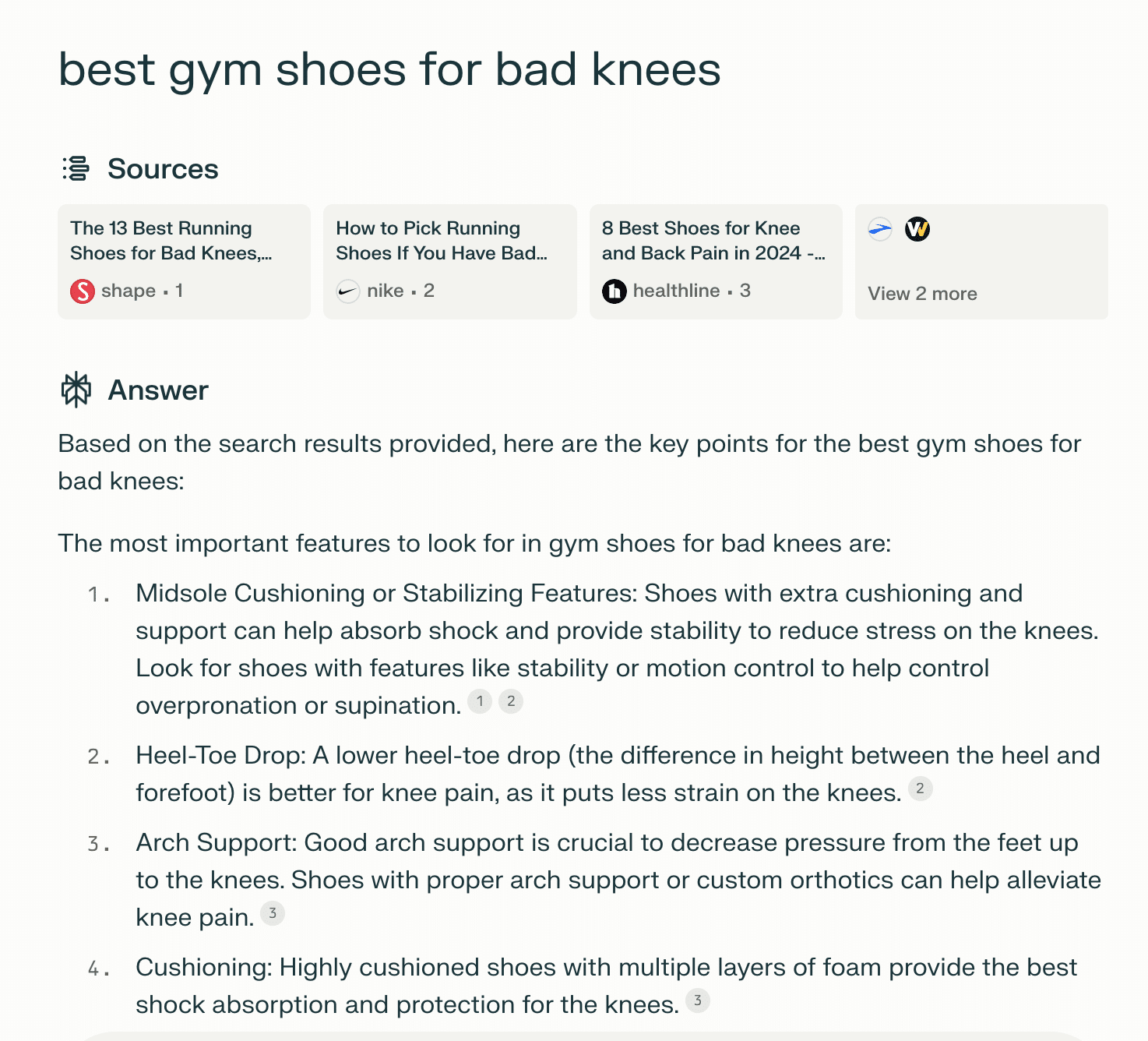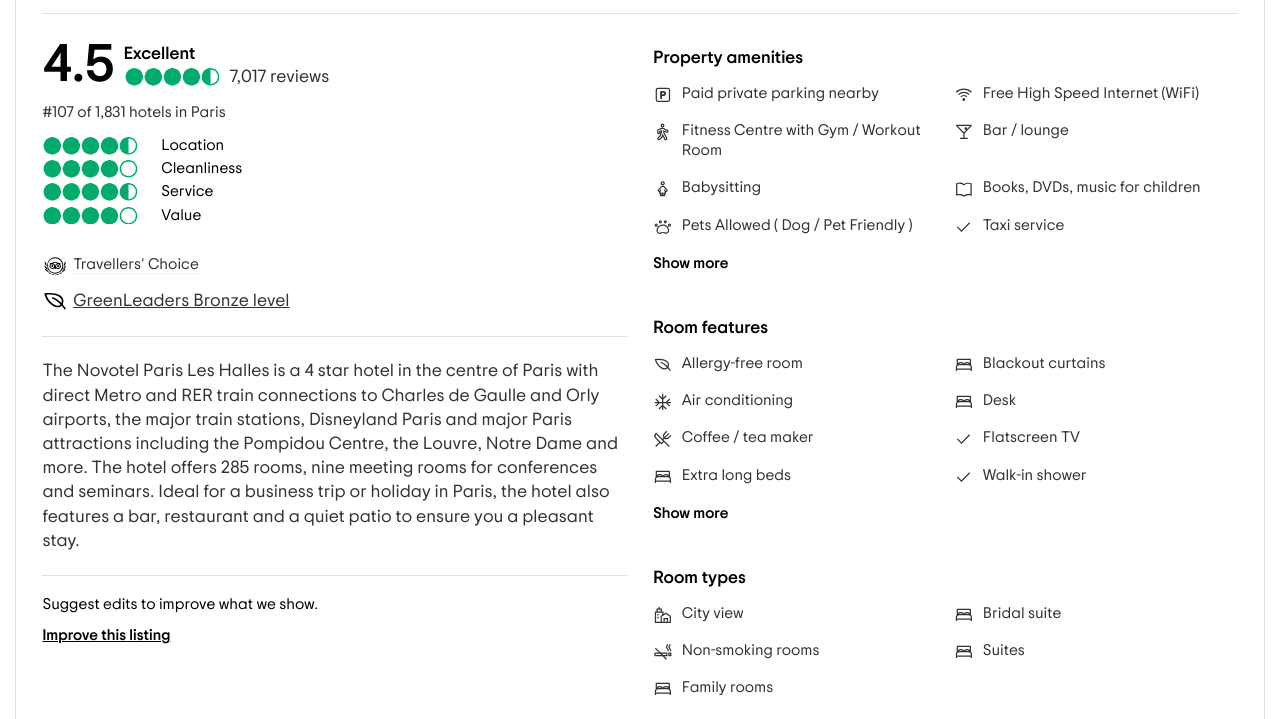Home Business Magazine Online
Residential property value remains at the peak. Despite the notable decline from 4Q22 to 2Q23, the current median sales price is still far higher than pre-pandemic levels.
At $417,700, it has only decreased by 13% from the all-time high price. Also, it was 27% higher than its price right before the pandemic erupted.
Will the property value decrease and drop to its average level? Market forces show it’s doubtful, at least in the near future. Also, a bubble burst is not expected to materialize—thanks to excessive demand that fired up the 7.2M housing shortage in the aftermath of the Great Recession.
On a lighter note, it means that your home can become an instant source of money for personal and commercial purposes. One of the most typical ways to make money from it is through a home equity line of credit (HELOC). There’s a lot to love about HELOC, but it has some risks. Hence, this article will cover HELOC and provide HELOC strategy for your business plan.
HELOC Basics
A home equity line of credit, or simply HELOC, is a revolving credit line that allows an individual to borrow money based on their home’s equity. Home equity value is equivalent to the difference between the home’s market value and the borrower’s mortgage balance.
So, if you bought your home in cash or have no mortgage balance, your equity equals your home’s market value.
A HELOC loan works like a giant credit card, wherein a person can borrow from his home equity value over a specific time frame before repaying it over time.
Thus, the amount you can borrow depends on your ownership stake in your home. The higher the ownership stake, the higher the amount you can borrow. It can even reach a five or even six-figure sum. The amount you can borrow with HELOC loans is much higher than that of personal loans.
So, how does a HELOC loan differ from a typical home equity loan? Like a home equity loan, a HELOC loan allows a borrower to use his home as collateral for his loans. Its interest rates are often lower than in credit cards and other uncollateralized or unsecured loans.
However, these are variable, unlike in a home equity loan, which has rates and payment schedules that are usually fixed. As such, loan payments can fluctuate over time.
HELOC: Advantages and Disadvantages
These are the advantages and disadvantages of HELOC loans.
Advantages
1. Good for Tax Deductions
Borrowers can deduct interest payments on HELOC loans from their tax payments if the money is used for home renovations.
The IRS permits tax deductions on the interest payment if the loan is used for buying, building, or renovating a residential property.
The deduction is limited up to a specific amount, though. It depends on the borrower’s total mortgage. So, itemizing deductions is ideal to take advantage of this assistance.
2. Helps Boost Your Credit Score
You can use HELOC loans to pay or replace your other existing loans, thus maintaining a decent credit score.
Note that payment history and credit mix are primary elements in your credit score. Adding a HELOC to your loan history and making timely payments can help elevate your credit score.
However, be careful about altering your credit utilization ratio with a HELOC loan since it can pull your credit score down.
3. Lets You Enjoy Higher Credit Limits
Again, HELOC loans act like giant credit cards since you can withdraw a huge amount of money. Their only difference is the presence of collateral.
With HELOCs, borrowers can get at least five figures. Often, the minimum credit line one can establish is $10,000., while the benchmark HELOC amount is $30,000. But, many lenders can lend amounts as high as $500,000 to $750,000.
Of course, the loanable amount does not only depend on the lender. The home equity value or the ownership amount remains the primary consideration. Typically, a borrower can borrow up to 80% of the equity value, sometimes 90%.
If the market value of a residential property is $500,000 and the borrower has already paid $250,000, there is a remaining mortgage balance of $250,000.
The equity value is $250,000, so the loanable amount can range from $150,000 to $200,000.
This is computed as ($500,000 * 0.80 or 0.90) – $250,000. If you do not have any mortgage balance, you can borrow 80% or 90% of the market value of your property or $400,000 to $450,000.
4. Has Lower Interest Rates
While mortgage loans are still elevated, given the series of Fed rate hikes in 2022, HELOC rates remain lower than many other loan types. And if the borrower qualifies for even better rates, HELOCs can help you consolidate debts or finance home renovations.
5. Has More Flexible Uses
With HELOCs, borrowers can use the borrowed amount as needed and only repay it with interest. If you need less cash than initially expected, you can borrow a smaller amount and make lower payments with lower interest.
In contrast, personal and home equity loans lend a lump sum amount that a borrower must repay with interest in full, whether all money is used or not.
Aside from that, HELOC loans are accessible since borrowers can withdraw them using debit cards, checks, and online transfers. Additionally, borrowers can convert a HELOC or a part of it to a fixed rate to reduce the risk associated with its variability.
Interestingly, there’s also repayment flexibility. Many HELOC lenders lend an interest-only HELOC, wherein a borrower only pays interest, no principal, during the repayment period, say ten years.
This makes HELOC loan payments manageable and consistent. Of course, you can also pay the principal, which can increase your maximum credit line if you decide to apply for new loans.
Disadvantages
1. Has Variable Rates
Interest rate is the key difference between HELOC loans and home equity loans. While the latter has fixed interest rates, the former comes with variable rates. Even if your HELOC loan gets approved at a much lower rate, you may face much higher interest over time.
HELOCs are very sensitive to macroeconomic changes, such as inflation and the Fed’s monetary policies. So even if HELOC rates are lower than other loan types, they also increase if the Fed raises interest rates.
Conversely, HELOC rates may increase or remain unchanged if the Fed pauses or cuts interest rates.
2. Reduces Your Equity Cushion
When you take a HELOC, you borrow against your ownership stake in your home. If the market value of residential dwellings drops, your equity value may also drop.
In turn, the borrowed amount will exceed the value of your home and your equity.
In addition, it can be problematic if your residential home is your largest asset and you tie it up with a HELOC. Doing so may limit your ability to borrow and leverage your equity during emergencies.
3. HELOCs May Overwhelm You
The interest-only payment feature of HELOCs may become a double-edged sword. While it makes payments cheaper, it disregards essential financial ramifications.
Since the borrower only pays the interest, he does not return funds to his credit line.
In turn, the loan may accumulate and amortize along with fluctuating interest rates. Payments can overwhelm your budget and force you to apply for other loans to make ends meet.
4. Puts Your House on the Line
The residential home becomes the collateral because HELOCs are collateralized or secured loans. If the borrower cannot pay, he puts his home at risk of foreclosure.
HELOC Strategy: Strategic Ways for Businesses
HELOCs have their fair share of risks and opportunities. But if you use them wisely, you can make more money from them. Even better, you can pay it easier and faster than expected. Here are some clever ways to use them to finance your business.
HELOCs as an emergency fund
Ideally, you should establish a separate emergency fund to keep our primary savings untouched. As you focus on achieving your business startup dream, you may forget to create it. But worry not. A HELOC loan is a decent option since you won’t have to pay interest if you don’t use the money.
So, it acts as your financial safety net, which enables you to withdraw money once you need it or leave it untouched if not.
HELOCs can also protect your home and your business from damages brought upon by natural calamities and other unexpected occurrences. You may need more funds to buy property and casualty or general liability insurance.
With HELOCs, you can withdraw the money to repair the damages, replace the missing or lost equipment and supplies, or cover legal expenses. That way, you will not have to withdraw from your bank savings and investments.
HELOCs to purchase or renovate properties
In today’s world, many businesses operate without brick-and-mortar. The rise of online stores and the fintech revolution allow virtual business transactions. So, you can put up a business in a vacant room in your house or another house.
Given this, you can use HELOC and enjoy tax deductions as long as you use it to buy or renovate a house. This HELOC strategy can make payments cheaper and help you start your dream business as soon as possible. And since the draw period takes about ten years, you have a long time to budget and strategize your payments.
Additionally, most HELOCs are interest-only payments, so it’s up to you to pay only the interest or the principal simultaneously to shorten the payment duration and boost your credit score.
Once you withdraw the HELOC fund, you can start renovating your house to allot a space for your office and storage rooms. You can also buy a new smaller house nearby to avoid cluttering your home. You may also build a smaller space in your backyard, which is cheaper than buying a new property. After all, you will only need a laptop, a gaming or swivel chair, a working desk, and a fan to work comfortably.
Lastly, you can increase your home value by renovating it.
HELOCs to invest in other properties
Similar to the second strategy, using a HELOC strategy to purchase or renovate properties for commercial use is wise. But this time, you will use it as a form of investment.
One way is by renovating a room in your house or building another house on your property to rent out to other people. You can also buy another property for rental purposes. Either way, you will earn from payments made by your tenants.
The median sales price of residential homes and interest rates in the US remain elevated. So, buying one and applying for a loan can be risky. But with a HELOC strategy, you can take out a loan and execute your plan at a cheaper price and interest.
Again, home prices are still high and may not go down, at least within this year. The excessive demand and millions of housing shortages remain the primary market forces. They will put upward pressure on home prices to counter the impact of Fed rate cuts and inflation deceleration.
Aside from that, you can use your purchased property for vacation rentals, especially if it is near a tourist destination or a famous landmark. Tourism is rebounding as restrictions and inflation have already eased.
Domestic and international travel may rebound to pre-pandemic levels, allowing you to set competitive prices. Doing so will generate considerable funds to repay HELOC loans more quickly and start your business.
HELOCs to pay existing loans
You may have already started your business but are still paying commercial or personal loans. As such, you can take out a HELOC loan to pay your existing loans. Its payment schedule and rates are more favorable. So, it will allow you to save more cash and use it to expand your business, increase your production volume, or invest in the financial market.
HELOCs to borrow larger amounts
Starting a business may require a lot of money, depending on its nature. Thanks to HELOCs, you can borrow up to six digits to buy properties, purchase efficient equipment, and replenish your inventories. You may need it in the first year of your business since you are still testing the water, retrieving the spent money, and repaying other lenders.
Takeaways
HELOCs can be great loan options for disciplined borrowers to take advantage of the instant wealth or capital they can get from their homes. Given their variability and sensitivity to external forces, particularly macroeconomic indicators, they can be risky.
However, their advantages can outweigh the risks and generate more money in the long run. That is why you should think carefully about your HELOC strategy and determine your exact purpose of taking out these loans to achieve business success.
The post HELOC Strategy: Finance Your Startup Dream appeared first on Home Business Magazine.
Original source: https://homebusinessmag.com/money/personal-finance/heloc-strategy-finance-your-startup-dream/














